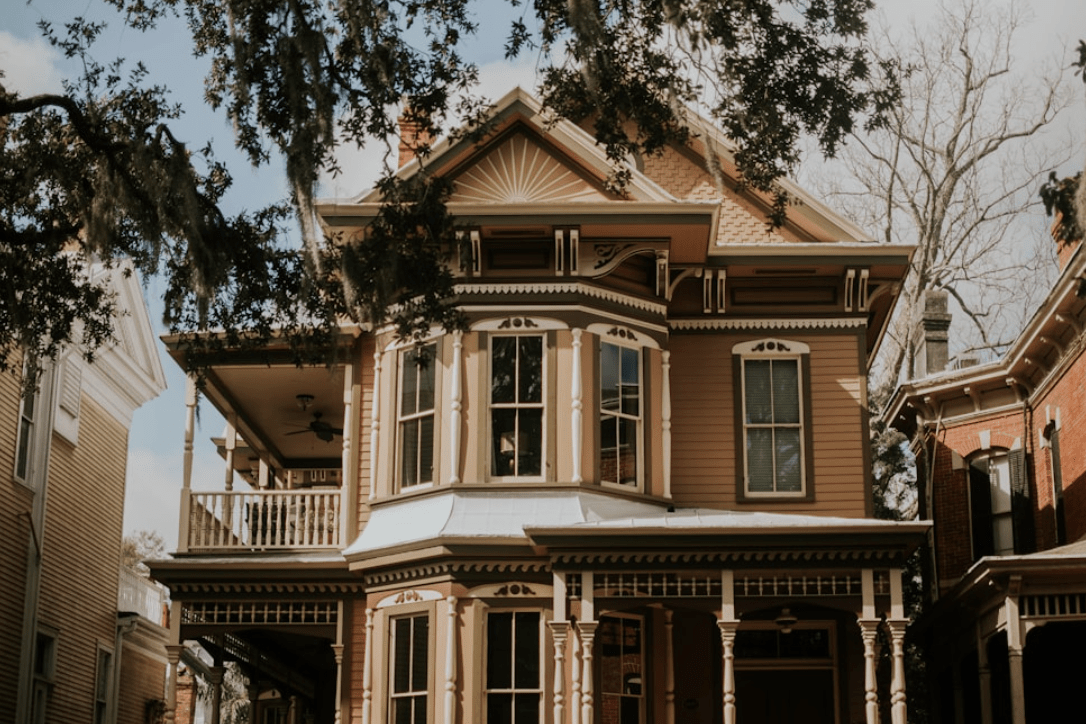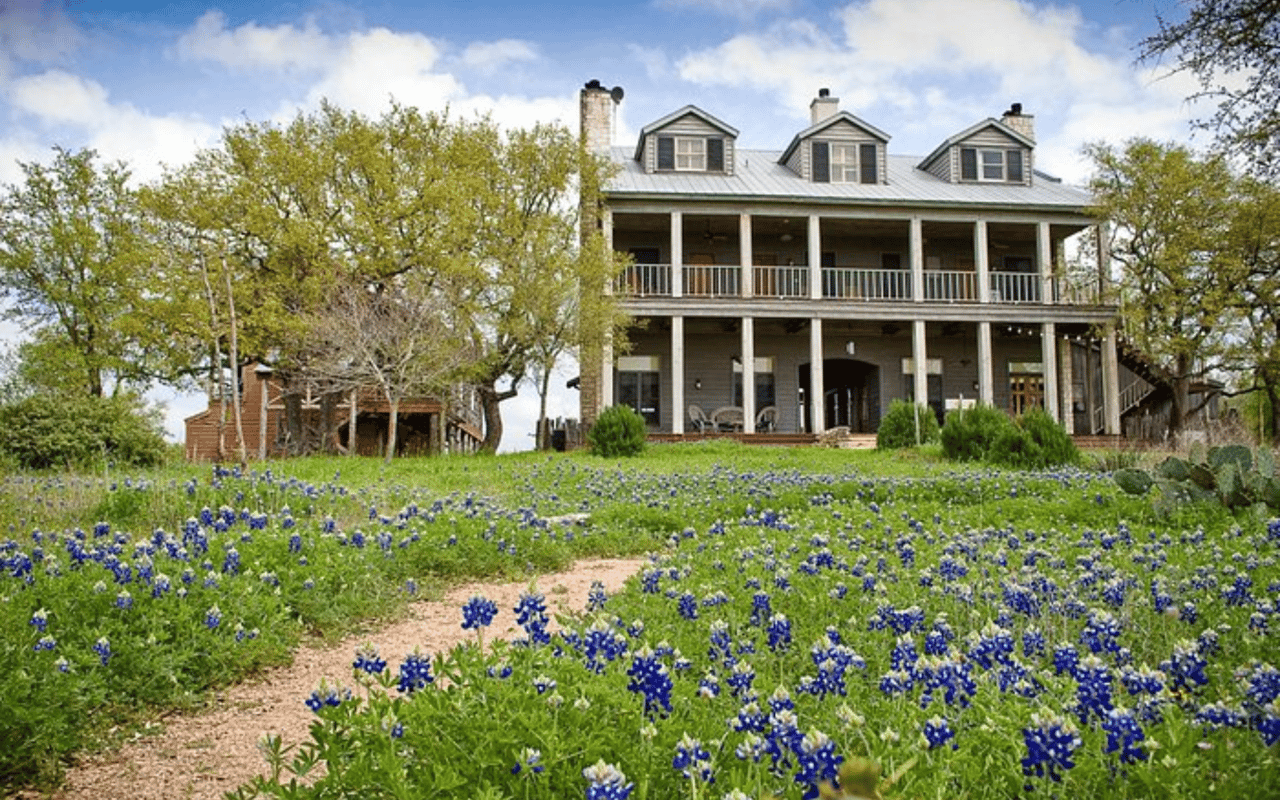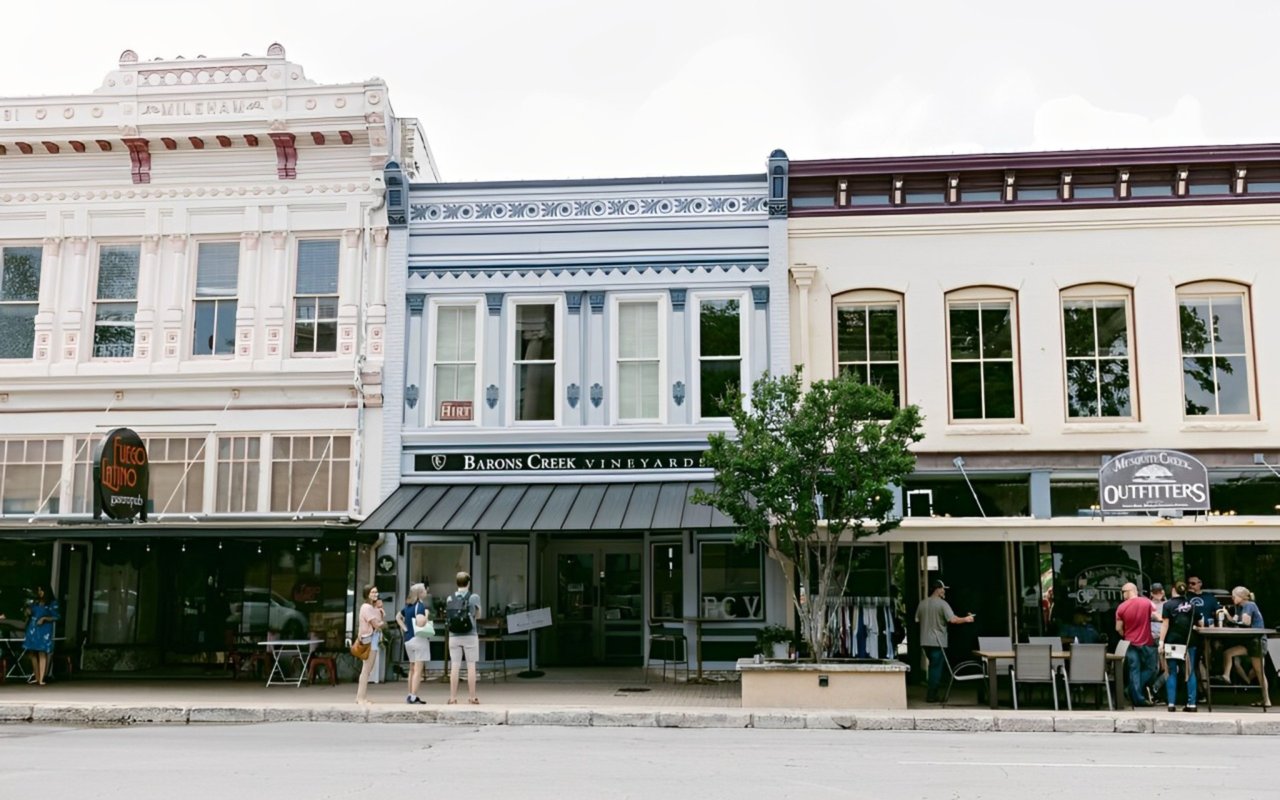
Most Popular Architectural Styles
Chris & Kristi Mitchell May 1, 2024

Chris & Kristi Mitchell May 1, 2024
Georgetown, Texas, is a city steeped in history and architectural wonders, offering a unique blend of the past and the present through its diverse architectural styles. This charming city showcases an evolution of design from the Victorian era to modern times, making it a haven for architecture enthusiasts and history buffs alike.
As one of the state's most historic towns, Georgetown offers an array of architectural styles that tell stories of different eras and visions, making it a vibrant tapestry of design and stories. This guide dives into the most popular architectural styles in Georgetown real estate. It explores the characteristics that make each unique and why they continue to capture the imagination of homeowners and architecture enthusiasts alike.
One cannot stroll through the historic streets of Georgetown without being captivated by the Victorian-style homes that adorn the landscape. Characterized by intricate woodwork, steeply pitched roofs, and vibrant facades, Victorian homes exude elegance and complexity. These residences often feature spacious porches, ornate decorative trim, and tall, narrow windows, embodying the elegance of the late 19th century.
Georgetown's preservation of these architectural jewels allows residents and visitors to step back in time and appreciate the craftsmanship and detail of a bygone era. In fact, Georgetown’s historic square is a shining example of Victorian commercial structures. Since its establishment in 1848, Georgetown Square has served as the city’s commercial and community nucleus. Today, it stands as one of the state’s most exemplary collections of Victorian commercial architecture. The Square not only retains its historical vitality but also continues to be a bustling center of business and community life.
The eight-block Belford Historic District showcases a range of architectural styles that reflect the evolution of residential design from the 1870s through the 1930s. In fact, the Belford Historic District features 73 structures that age back at least 50 years, many of them constructed by the Belford Lumber Company.
The Vernacular style, characterized by its simplicity and utilitarian design, is well represented here. These homes, built without formal architectural plans, relied on local materials and traditional construction techniques, resulting in structures that were intimately connected to their geographical context.
In contrast, the High Style homes in the Belford District demonstrate a greater emphasis on aesthetic considerations and architectural trends of the time. This included the Queen Anne style, notable for its asymmetrical facades, textured shingles, wraparound porches, columns, and prominent towers or turrets. The craftsmanship and attention to detail in these homes speak to Charles Belford's commitment to quality and his ability to adapt to the architectural preferences of his time.
The Victorian frame residences in the University Avenue/Elm Street Historic District are distinguished by their elaborate woodwork and ornate decorative elements. The "gingerbread" detailing, a hallmark of the Victorian "Carpenter Gothic" style, features intricately cut patterns in the wood trim, adding a whimsical charm to the eaves and porches of these beautiful homes. The use of bright colors and textured surfaces further accentuates the architectural details, creating visually striking facades that capture the essence of Victorian exuberance. These homes, built for some of Georgetown's most affluent residents, were designed to convey status and sophistication, embodying the social aspirations of the Victorian era.
The Olive Street Historic District offers a comprehensive overview of residential architectural styles from the late 19th to the mid-20th century. The Colonial Revival homes in this district draw on the symmetrical layouts and classical details of early American architecture, featuring columned porches, multi-pane windows, and pedimented doorways. These elements combine to evoke a sense of order and timeless elegance. In contrast, the Craftsman bungalows of the Olive Street District emphasize harmony with the natural environment and a return to handcrafted artistry. Characterized by their low-pitched gable roofs, wide overhanging eaves, and exposed structural elements, Craftsman homes prioritize functionality and simplicity. The use of natural materials, such as wood and stone, and the integration of built-in furniture and fixtures reflect the Craftsman movement's emphasis on quality and individual expression.
Georgetown's architectural landscape is a rich mosaic of styles, each contributing to the city's unique character and charm. From the grandeur of Victorian residences to the practical elegance of Colonial Revival and Craftsman homes, these architectural styles define the visual aesthetics of Georgetown real estate while reflecting the historical currents that have shaped the city.
Through the preservation and appreciation of these beautiful styles, Georgetown continues to celebrate its past while looking forward to its future, offering a glimpse into the architectural heritage that makes the city truly special. If you’re ready to find a stunning home of your own in Georgetown, partner with The Chris and Kristi Team at eXp Realty for the guidance you need.
Stay up to date on the latest real estate trends.

Exploring the top summertime lake experiences near Georgetown.

Discover a Thriving Arts Community in the Heart of Texas.

Luxury Retail and Local Charm in the Heart of Texas.

Find the best place to stay next time you visit Georgetown.

Treat yourself and your significant other to these romantic jaunts.

Take a vacation from winter weather at these local spots.

Make reservations for upscale dining at these local favorites.

Celebrate the season with lights, charm, and unforgettable moments in Georgetown.

Discover the joy of the holidays in Georgetown, where festive cheer meets small-town magic.